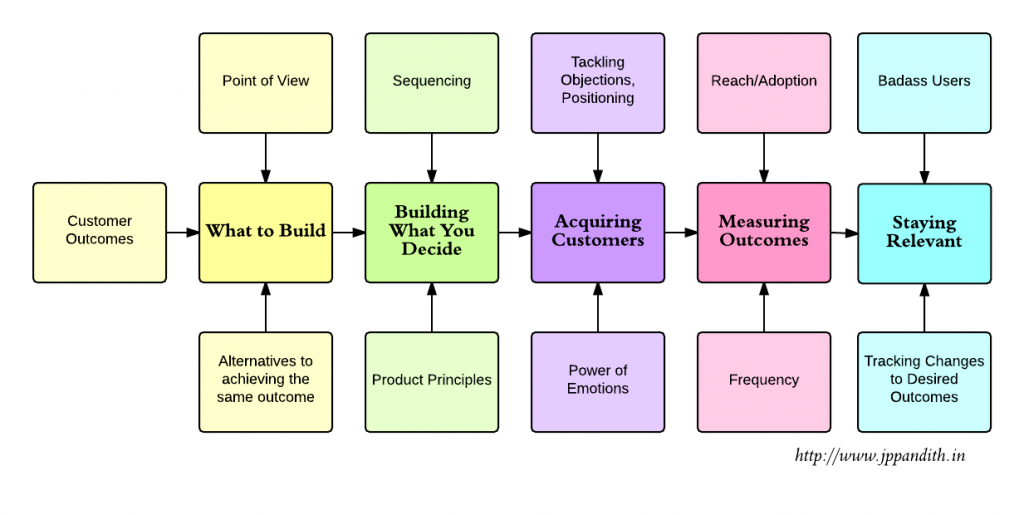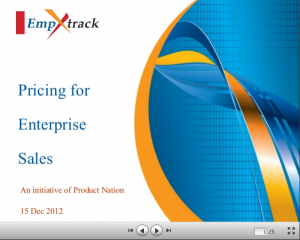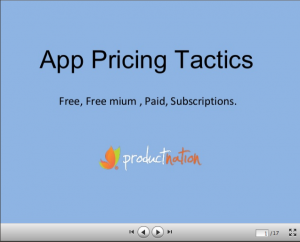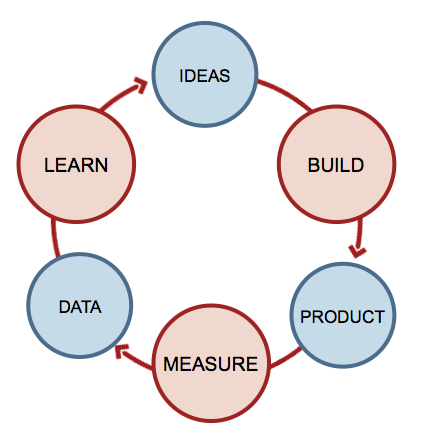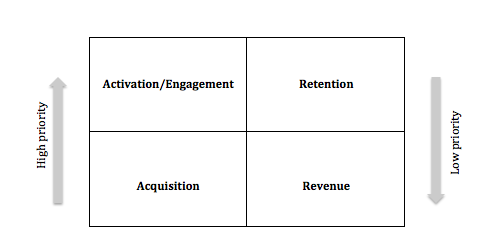Building products that help customers achieve the outcomes that they desire over the long term is hard. Jeff Bezos has a great quote on basing your strategy on things that do not change. This quote captures the essence of strategy and long term planning.
Here are few elements that product teams should consider while building products:
What to build? is determined by three critical elements — outcomes that customers want to achieve, other alternatives that help customers achieve the same outcome, and your point of view.
Customer outcomes: It is best to define customer outcomes using a vocabulary that a customer would use. While it is typical to place emphasis on functional outcomes, it is crucial to identify emotional, and social outcomes. Functional outcomes can be defined by understanding the customer’s context, situation and constraints. Emotional and social outcomes can be defined by understanding motivations, where and how much energy the customer is expending to achieve the desired outcomes today, and “skill” level of the customer. Ask what will make the customer successful, before asking what will make your business successful. (Note: It is important to ask the latter question as well)
Alternatives for achieving the same outcome: In order to understand what to focus on while building your product, it helps to understand how the customer is achieving the outcome today. Pay attention to what they are dissatisfied with, and if the dissatisfaction is on an important attribute. You may observe that the customer is using multiple products to achieve the desired outcome, or that the alternative is not in the same “product category”.
Point of view: is crucial to the success of your product as it determines the scope of your product and your approach to helping the customer reach an outcome. For example, you may decide that project management is all about enabling better communication among all stakeholders. Thus focusing your efforts on enabling frequent and timely communication, rather than including support for Gantt charts.
It is useful to define every interaction with your product as “the product”. User guides, support interactions, blog posts, interaction on community forums constitute the product. Prioritizing each of these interactions for focus and attention will immensely impact success of your product.
Building what you decide: is especially hard with a steady stream of distractions that are typical in any business. A really “big” customer will sign-up if we build this feature now, lets build this really small/cool feature — it will take only a few hours. Product principles and sequencing decisions help rein in these distractions.
Product principles: While goals and metrics help communicate what to focus on and measure progress, they are weak in communicating what actions need to be taken at an operational level. This is where product principles are helpful. They help with alignment and cohesion of activities across different stakeholders by providing guidelines for action. Product principles must be anchored around customer outcomes and your point of view. Good principles includes how the user should feel before/while/after using the product. They enable faster decision making while ensuring alignment. Instagram has very clear principles — make every picture beautiful, make it super fast to upload a photo, and make it super easy to share photo across different platforms.
Sequencing: When to build a functionality/feature is as important as what to build, as it critically impacts the pace at which business outcomes are achieved. Good sequencing decisions take into account —limiters/enablers, impact, effort required, and any compounding benefits. Evaluating trade-offs in sequencing decisions is crucial — what is the impact of doing multiple small features vs. one large feature, should we focus on projects that drive more traffic when activation rates are low?
While customer acquisition is usually considered to be part of market strategy, I’m including this to highlight how product strategy informs customer acquisition and how feedback from customer acquisition informs product strategy.
Acquiring customers is greatly dependent on positioning, power of emotion in the customer’s decision making process, and your company’s strategy in tackling objections against using/buying your product.
Positioning: Position based on your point of view, and attributes that are important to customer (but poorly served by alternatives) for maximum impact. Good positioning evokes strong emotions and motivates the customer to take action. Positioning greatly impact pricing of your product. iPad’s positioning and anchoring around netbooks is a great example of effective positioning.
Power of emotion in decision making: A rational approach (based on utility and logic) to selling your product has a limited appeal among prospective customers. People find it extremely difficult to take action in the absence of emotion. Tapping into the motivations and true emotions of the customer are crucial for acquiring new customers.
Tackling objections: Customers do not just buy your product, but they switch to it from an alternative. Hence, it is important to make this switch as easy and painless as possible. For example, if you are building a ticketing system, make it is easy to import tickets from their current system. Leverage existing behaviors instead of asking prospective customers to create new ones. For example, Google Sheets retained formulas on Microsoft Excel and focused on improving the collaboration features. It is also important to focus on eliminating/reducing negative emotions like anxiety. Free 30-day trial, no questions asked returns policy can help reduce such emotions.
Measuring if customer outcomes are being delivered: Feature usage is a key indicator in determining if customer outcomes are being met. Feature usage consists of two important parts — reach (how many users are using a feature) and frequency (how often a feature is being used by a user).
It is important to establish baseline metrics for reach and frequency (for each feature), and run projects to improve these metrics on a continuous basis. If a feature does meet the expected metric or is not being adopted, the 5-whys technique is helpful for understanding the reasons and taking corrective action.
Reach/Adoption: Feature adoption can be improved by measures like building awareness, educating users on how it can help them, and suggesting the feature at an appropriate time. If feature adoption continues to remain low and is not helping customers achieve the outcomes that they desire, it is best to kill the feature. Killing features, simplifies the product and provides a great deal of flexibility in making decisions in the future.
Frequency: Frequency of feature usage can be increased either by resolving issues that prevent usage or by extending/modifying the scope of the feature. Nir Eyal’s hook canvas is a great framework for improving frequency of feature usage.
Staying relevant: A product can stay relevant by helping users become successful at what they are trying to accomplish and tracking any changes to customer outcomes and important attributes over time.
Badass users: Enable users to become experts at what they are trying to accomplish by growing their skills, and providing the necessary motivation. Design your product so that cognitive resources of the user is expended on what they are trying to accomplish, and not in using your product.
Tracking changes to important attributes and customer outcomes: As time passes it becomes increasingly important to track any changes to customer outcomes, and any changes to attributes that are important to the customer (It is possible that entirely new attributes become important to the customer). As building these enhancements are crucial, it is important to say no to items like “short term wins” (or distractions), establishing parity with a competitor’s feature set.
Summary: Product strategy should be guided by the goal of helping users become successful by achieving the outcomes that they desire, and focusing on important attributes that do not change.
Essay has been posted on www.jpppandith.in


